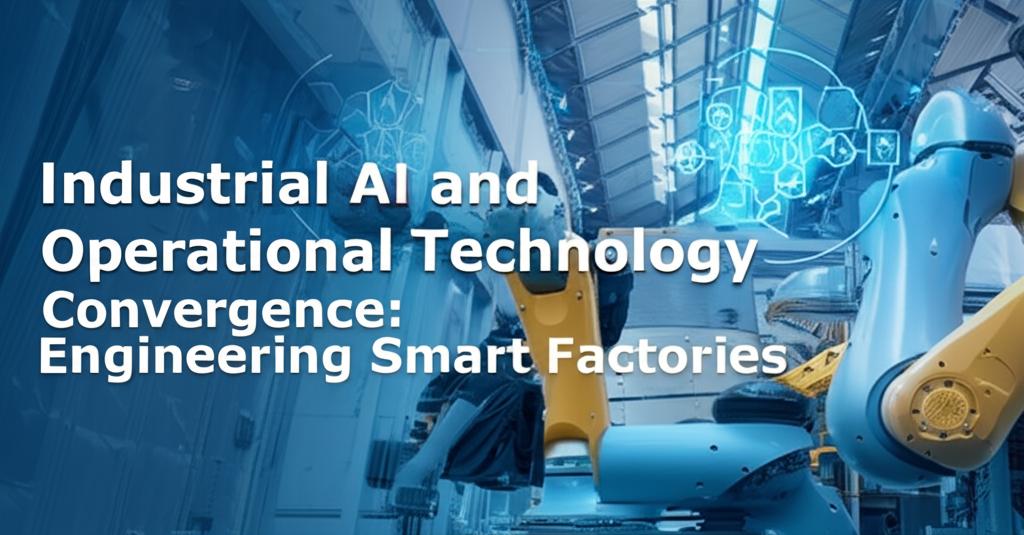The fusion of Industrial Artificial Intelligence (AI) and Operational Technology (OT) is revolutionizing manufacturing, paving the way for the smart factories of the future. This convergence represents a paradigm shift, moving beyond traditional automation towards interconnected, intelligent, and adaptive production environments.
Traditionally, OT systems managed the physical processes on the factory floor—controlling machinery, monitoring production lines, and ensuring operational stability. These systems generated vast amounts of data, but much of it remained isolated or underutilized. Industrial AI brings advanced analytical capabilities to this OT data, unlocking unprecedented insights and enabling autonomous decision-making.
By integrating AI algorithms directly with OT systems, manufacturers can achieve real-time analysis of sensor data, machine performance metrics, and environmental conditions. This allows for:
- Predictive Maintenance: AI analyzes operational data to predict potential equipment failures before they happen. This minimizes unplanned downtime, reduces maintenance costs, and extends the lifespan of machinery. Sensors embedded in equipment feed data into AI models, which identify subtle anomalies indicating impending issues.
- Enhanced Operational Efficiency: AI optimizes complex processes by analyzing real-time data streams. This includes optimizing production schedules, managing energy consumption, streamlining supply chains, and improving resource allocation, leading to significant cost savings and increased throughput.
- Improved Quality Control: AI-powered vision systems and sensors can inspect products with greater speed and accuracy than human operators, identifying defects in real-time. Analyzing process data also helps pinpoint root causes of quality issues, enabling corrective actions to maintain high standards consistently.
- Increased Agility and Flexibility: Smart factories can adapt more quickly to changing market demands or supply chain disruptions. AI algorithms can reconfigure production lines, adjust parameters dynamically, and optimize workflows on the fly.
- Enhanced Worker Safety: AI can monitor the workplace for unsafe conditions, predict potential hazards, and automate dangerous tasks, creating a safer environment for human workers.
This integration relies heavily on enabling technologies like the Industrial Internet of Things (IIoT) for data acquisition, edge computing for localized processing, cloud platforms for large-scale analytics and storage, and robust cybersecurity measures to protect interconnected systems. Digital twins—virtual replicas of physical assets and processes—also play a crucial role, allowing AI to simulate scenarios and test optimizations without disrupting actual operations.
However, successfully converging AI and OT presents challenges. Integrating legacy OT systems with modern IT infrastructure, ensuring data interoperability and security across converged networks, and bridging the skills gap between OT engineers and data scientists are significant hurdles. Overcoming these requires strategic planning, investment in modern infrastructure, robust cybersecurity protocols, and a commitment to training and collaboration.
The convergence of Industrial AI and OT is not merely a technological upgrade; it's a fundamental transformation of manufacturing. It empowers factories to become intelligent, self-optimizing ecosystems, driving efficiency, innovation, and competitiveness in the modern industrial landscape. Engineering these smart factories is key to unlocking the next wave of industrial productivity.

